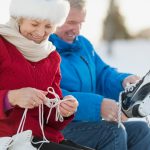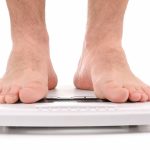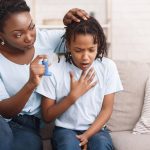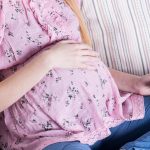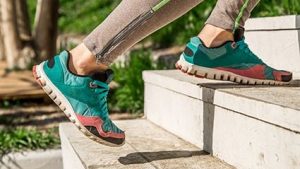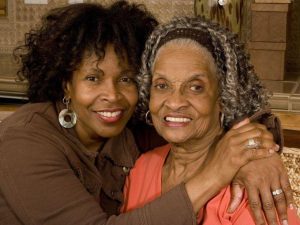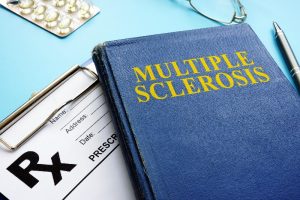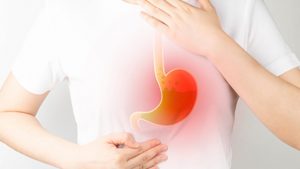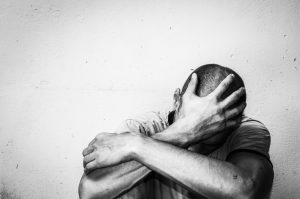
Ever heard of the winter blues? This common phrase is used to describe that blah feeling that strikes during winter months when the weather is cold and the sky is gray in many parts of the country. The reality is, the winter blues is a form of depression. “When there is a shift in the season and our access to daylight, our bodies struggle to adjust to the new light and time frame,” Susan Albers, a psychologist at the Cleveland Clinic, explains in an online video. This phenomenon is referred to as seasonal depression. What is seasonal depression? This type of depression is also known as seasonal affective disorder or SAD. The U.S. National Institute of Mental Health (NIMH) describes SAD as “changes in your mood and behavior whenever the seasons change.” Feeling hopeless, helpless or irritable are all signs of depression. When those emotions occur seasonally and last for several months, it could be SAD. Contrary to what you may think about seasonal affective disorder, it can strike at any time of the year, not just in the winter. In fact, there are two types of SAD. Fall-onset SAD or winter depression usually begins in the fall or early winter and symptoms ease in the summer. Symptoms of spring-onset SAD or summer depression begin in the late spring or early summer. Summer depression is… read on > read on >












